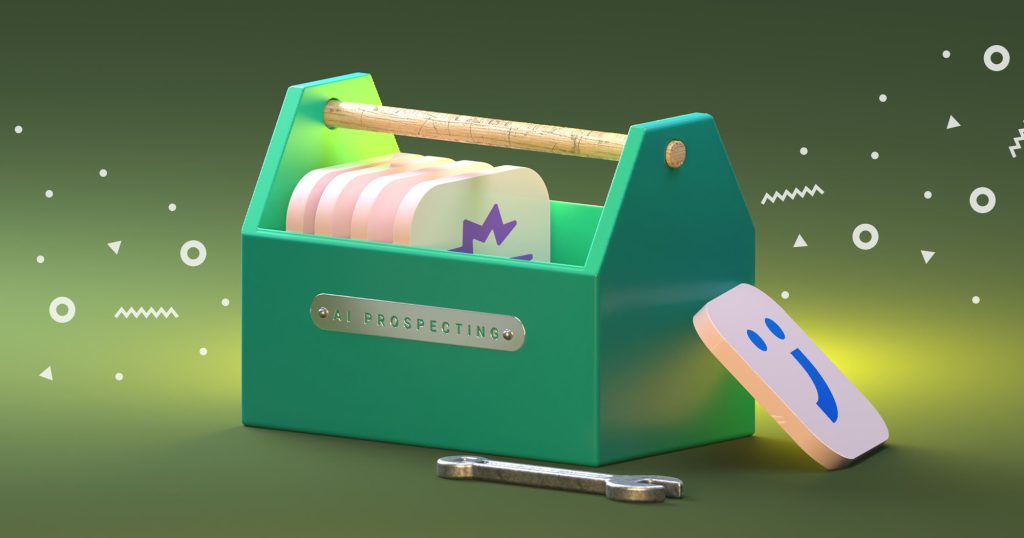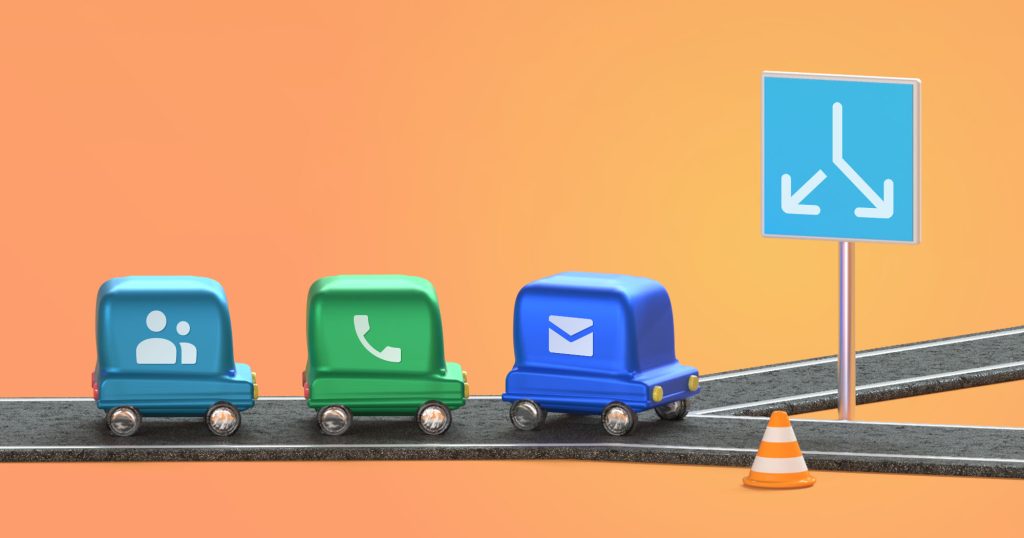If you’re struggling with outreach (and it’s never not a struggle), these four stories about cold emails will help kickstart your campaign.
Smart use of cold emailing is one of the most powerful ways to gain people’s interest. The internet is brimming with stories about opportunity to generate leads, get published, or raise funds using email outreach.
Reading them sometimes works like a much needed kick in the money-maker, which is why I’ve collected some of my favorite email success stories for this article. Hopefully they’ll inspire you and help you ignite your own email campaign!
Optimized emails generate millions in campaign funds
With companies around the world using emails to generate business leads, it’s no wonder that people from outside the world of entrepreneurship have picked up on this strategy.
The team behind Barack Obama’s 2012 reelection campaign had decided to raise funds this way – with quite stunning results. Overall, they raised $690 million and, as it turned out, most of it came from emails.
What was their secret sauce?
The first part of it was copywriting – it was sweet and to the point. Now, writing subject lines and messages that effortlessly drive your point is something that we put first in our article about cold email templates. And I wasn’t surprised at all to see that Gabrielle Hughes has done the same in her in-depth cold email guide here at the Reply.io blog.
In fact, if you browse more guides like these, I bet that a lot of them start with advice to write short and sweet emails. The authors of the reelection fundraising campaign understood the importance of this, so they got rid of bureaucratic terms and official terminology and resorted to a more conversational approach with subject lines like “Hey” or – one of their biggest earners – “I will be outspent”.
But there is a second part to their indisputable success, which is continuous testing and optimization.
One could think that most effort in a cold email campaign goes into creating perfect messages which, once refined, will keep generating positive results for a long time.
That is not usually the case, and it wasn’t the case in this campaign, where the people running it spent most of their time working on new emails, testing different versions and carefully analyzing results.
A translation deal generated and closed with no selling at all
The second one of our successful sales stories comes from freelance French-to-English translator Corinne McKay, and it’s about how she unlocked the potential of cold emailing.
After listening to podcasts about e-mail marketing, Corinne took it upon herself to read more about the subject and attend a couple of online classes on the subject. When the time came to try it out, she only had to send 3 emails to generate a qualified publishing lead.
And the email that did it was the least salesy of the three – it wasn’t even written with her interest in mind, really.
While prospecting, luck had it that Corinne visited the website of a French author with a large audience in Europe. It turned out that the author was looking for English publishers, which reminded Corinne of a publishing house that she’d contacted a few years back.
So she did what every true entrepreneurial spirit would’ve done: wrote an email to the publishing house to connect them with the French author that was in need of publishers.
In a surprising turn of events, this resulted in them offering and closing a deal with Corinne.
Which shows us that the biggest potential of cold emailing lies in the ability to connect people with valuable opportunities in ways that weren’t possible before email. People sometimes mistake cold emails for a sort of advertising strategy for pitching your offer to many people at once. Which is a critical mistake, perfectly illustrated by Corinne’s story.
She generated a great opportunity for herself without doing any selling at all, showing us what ideal personalization looks like. You’ve probably read about personalization before but here you can clearly see what it’s about: considering other people’s interest before yours.
Spot-on targeting that improved response rates by 400%
This story is about how there’s more to cold emailing than sweet, conversational, personalized emails. Josh Natella, Chief Growth Officer at DivCom Group, was faced with the challenge of selling complex solutions to the B2B market.
Josh had copywriters and branding agencies tweak their messaging over an over but it didn’t improve the results from his campaigns. Josh and his team found that they needed a way to single out the people that understood what they’re selling so they turned to social media to find a solution.
They noticed that people who followed their competitors on social media were 400% more likely to reply to their emails. This was a starting point for creating sophisticated profiles of their target customers based on what those customers were interested in.
With detailed profiles they were finally able to personalize emails in a way that truly resonated with their target customers, and connect with more qualified opportunities. This goes to show that the target of your emails won’t always be obvious, and finding the right target group – just like the right copy – is a matter of calculated experimentation.
328 emails to launch and grow a business by 1400% in 4 months
In this story, freelancer Laura Lopuch provides a shining example of how to satisfy an entrepreneurs’ thirst for growth with a smart email campaign. Laura used 328 emails to launch her business, connect with best-selling writers, and generate more deals for herself than she could handle.
Hers is a story of cold calculation and hours of hard work put into researching prospects, writing subject lines and emails, organizing an outreach process along with using a CRM and sending follow-ups – she truly outdid herself and followed the crucial rules from the cold emailing playbook to the letter.
This shows that whatever market you’re in (even if it’s as saturated as freelance copywriting), you can utilize cold emails to generate new business and get ahead of competition – but only if you accept that it’s a grind and are willing to put in the necessary brain power and work hours into it.
Laura also shared a few key mistakes she had identified in her campaigns:
- Emailing assistants instead of managers – when you’re not able to find the people in charge (manager, CEO, founder), you might be tempted to email people that are lower in the company’s hierarchy. Don’t! If you worked on an immaculate email, send it to people in charge because they are more likely to respond.
- Not sending emails – you defined a target group, did a bit of prospecting, and wrote an email and a few follow-ups but you never sent it. Everybody is afraid of rejection but we can’t let it stop us from reaching out, so if you were about to start cold emailing but somehow decided to put it aside – don’t hesitate any longer, you’re missing out.
- Generalising – if you don’t personalize, your emails will end up looking like generic sales offers. Get more specific, address people by their name or job title, appeal to their interests, and show that your goal is to help them achieve their goals.
To summarize, you don’t need to have a huge marketing budget or a growth team to generate valuable opportunities. Even if you’re a one-man army, you just need a proven strategy and enough grit to follow through on it.
Key takeaways
I hope these four success email stories have inspired you.
Remember the moral of each story, and use these lessons to kick off your own campaign:
- Write short, sweet, conversational copy to appeal to your prospect’s human side
- Even the best emails will stop working so test new emails all the time
- To increase results and make personalization easy, create a detailed profile for target customers based on their interests
- You don’t need a team or a budget to achieve great results – just a strategy and enough grit to follow through with it
Good luck!






